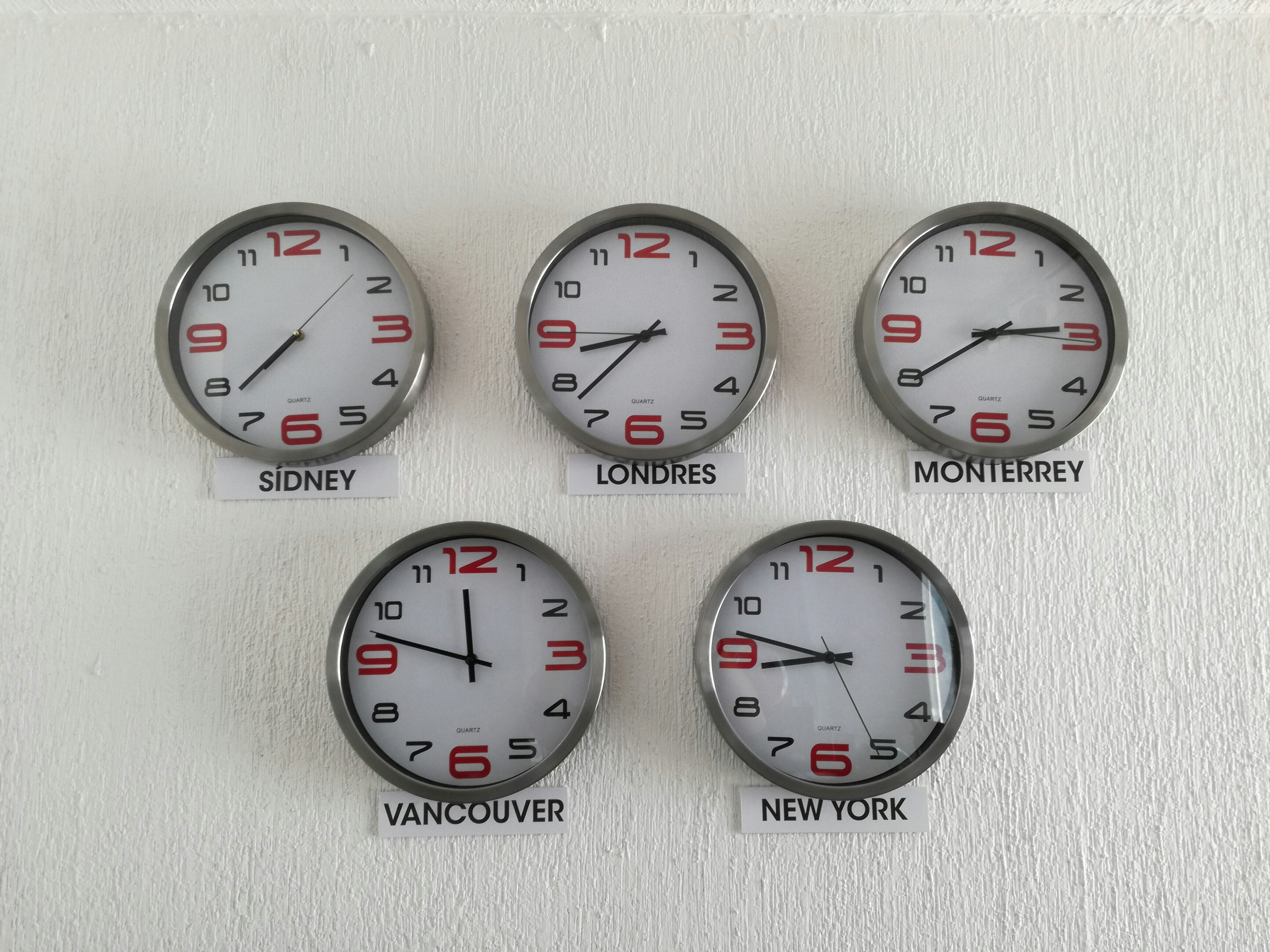These famous inventors helped changed our world, but not all their inventions were a success

Here are some failed inventions from names you're probably familiar with. Image: REUTERS/Michael Dalder
You can thank risk-taking inventors for their numerous contributions to modern living. But behind many of these inventions were fantastic flops — things that either worked and didn't make succeed in the market, or just flat out failed.
Here are some failed inventions from names you're probably familiar with.
Thomas Edison tried to make mass-produced concrete buildings.
Looking back, Thomas Edison couldn't be blamed for believing mass-produced concrete buildings were going to be big — after all, the original Yankee Stadium owes its construction to the Edison Portland Cement Company.
But cement wasn't popular or known for being economical in 1899 when Edison founded the company. And even though he refined the rotating kiln and made strong cement houses, the molds proved way too expensive and complex with over 2,300 pieces. This made the model unpopular with developers.
After the company completed Yankee Stadium, it folded during the Great Depression.
Nikola Tesla tried to make a thought camera.
In the 1930's, Nikola Tesla, who is known for creating the induction motor and refining AC currents, imagined a machine that would allow you to project a mental image in real life and play back your thoughts like a slideshow.
In 1933, the Kansas City Journal-Post wrote about Tesla's reasoning at the time. In short, he said if you had a mental image, your body would also produce a corresponding retinal image, which could be photographed by a machine to be projected onto a viewing screen.
"In this way every thought of the individual could be read. Our minds would then, indeed, be like open books," Tesla told the Journal-Post.
The invention didn't work as Tesla hoped. But scientists now are making progress toward making mind photography a real thing.
Henry Ford's first few automobiles were a bit too early and a little too hard to reproduce.
Henry Ford is known for many things — the most prominent being mass-manufactured cars and paying workers respectable wages.
But his first automobile, made in 1896, was powered by ethanol, had four bicycle wheels, and went at a top speed of 20 miles per hour. The vehicle resembled a horseless carriage.
Fast Company writes that the $200 vehicle(approximately $5800 today) was too small and too incomplete to be mass-manufactured.
Around 7 years later, Ford would make the Model A, paving the way for his continued success.
Alexander Graham Bell's flying machines were huge, tetrahedral kites.
Alexander Graham Bell made waves with his telephones. But his attempts at flying flopped.
Bell started working on his idea for a lightweight, kite-like airplane in 1899, and imagined an aircraft that would have a massive wing area, but a light frame — a build that resembled a bird skeleton more than the heavy metal tubes we've got today.
And in 1903, Bell created the Cygnet, which you see on the right. Its diamond-shaped cells were meant to latch onto air currents, and on its first test run in 1907, it did actually lift off. But it had little maneuverability when the wind changed, sending it crashing onto the ocean, alongside with its pilot. The pilot survived, but the Cygnet, unfortunately, did not.

Leonardo da Vinci worked on war machines that were almost designed to fail.
You might know of Leonardo da Vinci for his sketches, art, and occasional inventions, but he also dabbled as a war engineer. A bad one.
In 2002, the BBC wrote that Leonardo da Vinci made sure his war inventions would fail, possibly because he identified as a pacifist. But because he made his living sketching out theoretical inventions, he had to cater to his patrons' demands.
One of his inventions was a tank, which you can see on the bottom right. The armored tank would go ahead of foot soldiers and had holes that could be used to shoot projectiles. But as it was drawn, the wheels would have turned in opposite directions, making it un-driveable.
Don't miss any update on this topic
Create a free account and access your personalized content collection with our latest publications and analyses.
License and Republishing
World Economic Forum articles may be republished in accordance with the Creative Commons Attribution-NonCommercial-NoDerivatives 4.0 International Public License, and in accordance with our Terms of Use.
The views expressed in this article are those of the author alone and not the World Economic Forum.
Stay up to date:
Fourth Industrial Revolution
Related topics:
Forum Stories newsletter
Bringing you weekly curated insights and analysis on the global issues that matter.







